

2018-08-21 11:40:00 Tue ET
federal reserve monetary policy treasury dollar employment inflation interest rate exchange rate macrofinance recession systemic risk economic growth central bank fomc greenback forward guidance euro capital global financial cycle credit cycle yield curve
President Trump criticizes his new Fed Chair Jerome Powell for accelerating the current interest rate hike with greenback strength. This criticism overshadows the murky independence of the U.S. Federal Reserve System.
Monetary policy independence often contributes to the real effects of incremental interest rate adjustments on economic output, employment, and capital investment. This political independence is important with respect to the Lucas-Sargent-Wallace monetary invariance principle. This monetary invariance principle suggests that if only unpredictable money supply changes move real economic variates, monetary policy decisions that generate systematic or predictable variation in money supply would have no real impact on economic variates such as output, employment, and consumption. The subsequent relevant real business cycle (RBC) model variants play an important role in the key analysis of time inconsistency of optimal monetary policy conduct. Central bank independence and credibility thus become important institutional determinants of what constitutes effective monetary policy decisions.
A recent Oxford Economics research note by Alberto Alesina and Larry Summers affirms the empirical fact that most OECD countries experience high inflation (and maybe high unemployment) with subpar monetary policy independence. Several past examples of political influence over monetary policy decisions relate to the Nixon and Bush administrations.
For instance, President Nixon swapped out Former Fed Chair William McChesney Martin with his presidential pick Arthur Burns. The Nixon tapes revealed numerous conversations between Nixon and Burns where Nixon required the Fed chairman to keep low interest rates in order to maintain high employment in the 1970s. Nixon even indicated to his advisers that the administration could tolerate inflation but not high unemployment. As he tried to tilted the New Keynesian Phillips Curve (NKPC), Nixon's subsequent monetary policy stance proved to be disastrous as it ushered in a multi-year period of stagflation (i.e. high inflation, high unemployment, and low economic growth).
Later President George H.W. Bush often complained about the hawkish monetary policy decisions of his Fed chairman Alan Greenspan in the early-1990s. However, these complaints were less aggressive as Greenspan was able to assuage the dovish concern and suspicion that several senators shared back then.
At Jackson Hole, both Kansan City and Cleveland Fed CEOs Esther George and Loretta Mester point out that it is unlikely for the Trump administration to prevent subsequent interest rate hikes after mid-2018. Most monetary policy pundits and experts now predict one interest rate hike in September 2018 and another hike in December 2018. This prediction accords with the Wall Street consensus among top investment banks such as Goldman Sachs, JPMorgan Chase, Citigroup, UBS, and Bank of America.
If any of our AYA Analytica financial health memos (FHM), blog posts, ebooks, newsletters, and notifications etc, or any other form of online content curation, involves potential copyright concerns, please feel free to contact us at service@ayafintech.network so that we can remove relevant content in response to any such request within a reasonable time frame.
2023-09-21 09:26:00 Thursday ET
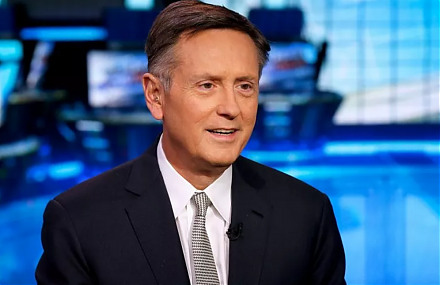
Jordi Gali delves into the science of the New Keynesian monetary policy framework with economic output and inflation stabilization. Jordi Gali (2015)
2025-01-31 09:26:00 Friday ET
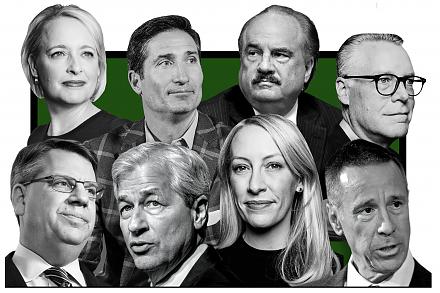
The current homeland industrial policy stance worldwide seeks to embed the new notion of global resilience into economic statecraft. In the broader cont
2019-06-19 09:27:00 Wednesday ET
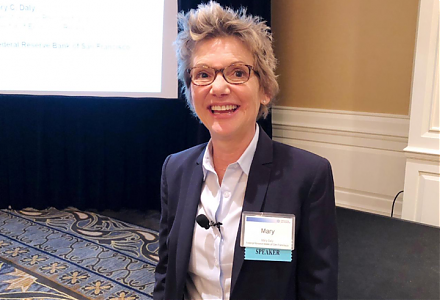
San Francisco Fed CEO Mary Daly suggests that trade escalation is not the only risk in the global economy. Due to the current Sino-U.S. trade tension, the g
2025-06-05 00:00:00 Thursday ET
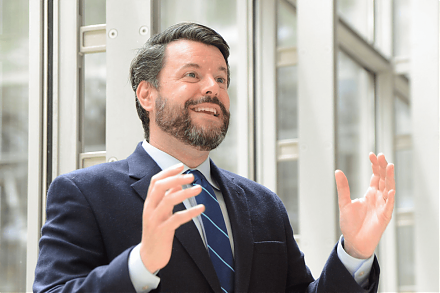
Former New York Times team journalist and Pulitzer Prize winner Charles Duhigg describes, discusses, and delves into how we can change our respective lives
2018-11-09 11:35:00 Friday ET
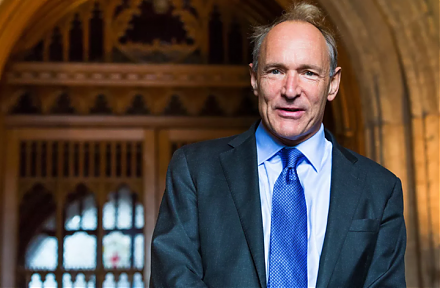
The Internet inventor Tim Berners-Lee suggests that several tech titans might need to be split up in response to some recent data breach and privacy concern
2019-07-11 10:48:00 Thursday ET
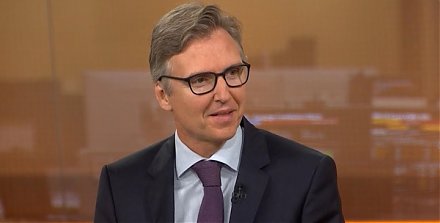
France and Germany are the biggest beneficiaries of Sino-U.S. trade escalation, whereas, Japan, South Korea, and Taiwan suffer from the current trade stando